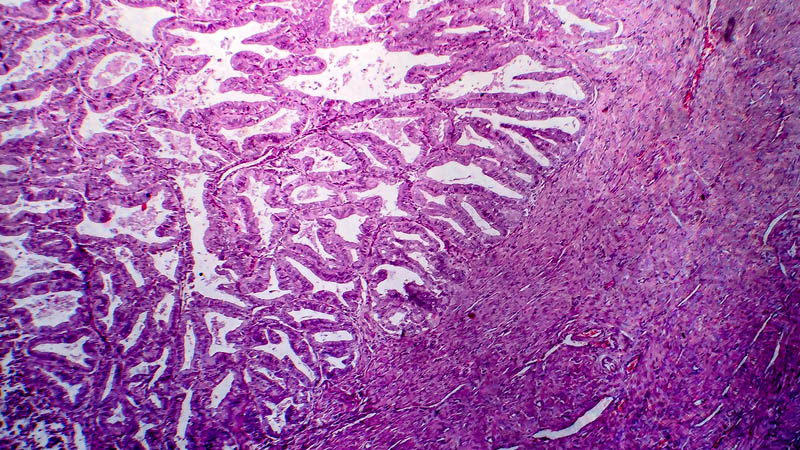Intraoperative radiotherapy in early breast cancer: effectiveness and toxicity assessment
Bartosz Urbański1, Andrzej Roszak1,2,Krystyna Bratos1, Żaneta Wareńczak-Florczak1,Hanna Włodarczyk1, Piotr Milecki2,3, Aldona Karczewska-Dzionk2,3, Dawid Murawa4, Ewa Wierzchosławska2,5
 Affiliacja i adres do korespondencji
Affiliacja i adres do korespondencjiIntroduction: Breast-conserving therapy (BCT) with adjuvant radiotherapy in the management of patients with breast cancer is an effective alternative for mastectomy. A standard adjunct to BCT is irradiation of the entire breast for 5-7 weeks. Aim of paper: Evaluation of treatment effectiveness, analysis of early and delayed radiation-induced reactions, cosmetic effect and quality of life. Material and methods: Analysis encompassed 150 patients undergoing BCT, intraoperative radiotherapy (IORT) and external beam radiotherapy (EBRT) followed up for at least one year. Follow-up examination 1 month, 6 months, 12 months and 24 months after completion of treatment included: physical examination, breast photography, analysis of early and delayed post-radiation reactions. Nuclear magnetic resonance mammography and sonography of the breasts was obtained after 6 months of observation. Results: No cases of local recurrence have been noticed. Acute radiation-induced reaction of the skin (grade 1 and 2) developed in 21.2% patients. No cases of grade 3 and 4 reactions have been noticed. Very good and good cosmetic effect was obtained in 81.5% of the patients. Breast pain has been reported by 20.6% of the patients, and skin hyperesthesia – by 17% of them. Breast edema was seen in 81.3% of the patients 1 month, in 63.4% 6 months, in 54.9% 12 months and in 56% 2 years after completion of radiotherapy. Altered skin pigmentation was noticed in 67.8% of the patients 1 month, in 44.1% 6 months, in 37.8% 1 year and in 31% 2 years after completion of radiotherapy. Conclusion: No cases of local recurrence or severe (high-grade) radiation-induced reactions were noticed during follow-up. Intraoperative radiotherapy reduced duration of treatment by one week, enabling inclusion the entire planning target volume (PTV) by a homogenous radiation dose and reduced the risk of geographic error.









